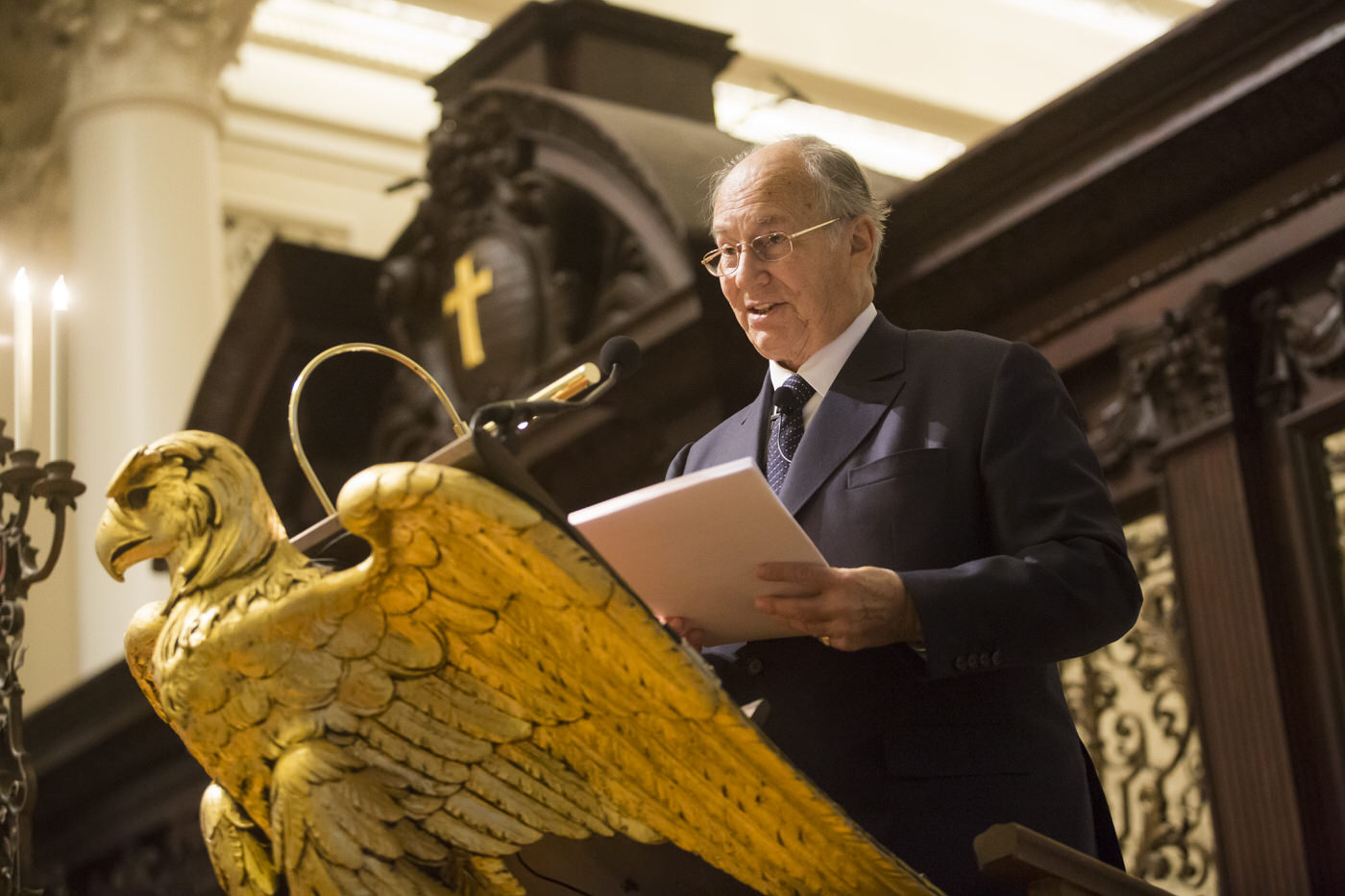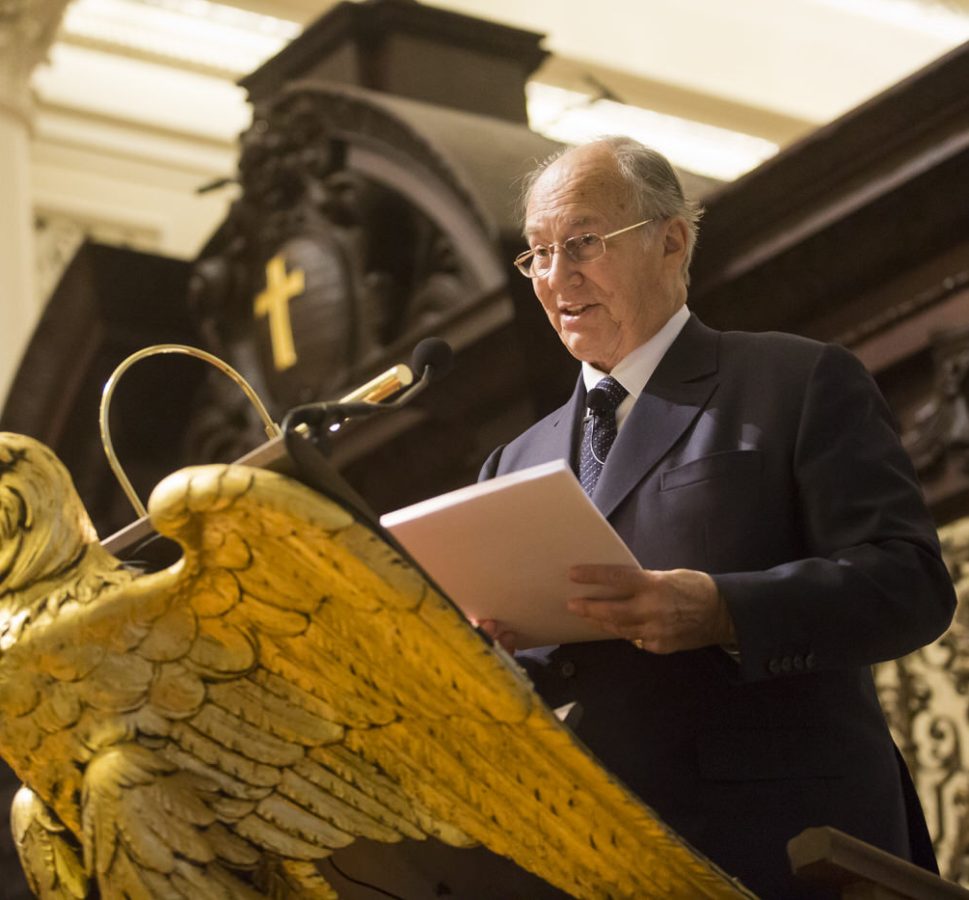
Aga Khan is recognized across Africa, especially in East Africa. The Aga Khan Development Network (AKDN) plays a vital role in countries such as Kenya, Tanzania, and Uganda, concentrating on health, education, media, and economic growth. The Aga Khan University and the Aga Khan Foundation have a notable impact, operating hospitals, schools, and community initiatives throughout the region.
Furthermore, the Aga Khan holds great respect within the Ismaili Muslim community, which has a considerable presence in various African nations.
The Aga Khan, who assumed the role of spiritual leader for millions of Ismaili Muslims at the age of 20 while studying at Harvard, has passed away at 88.
He dedicated a vast fortune amassed from tithes to developing homes, hospitals, and schools in underprivileged regions.
His passing was announced by the Aga Khan Development Network and the Ismaili community, stating that His Highness Prince Karim Al-Hussaini, the Aga Khan IV and 49th hereditary imam of the Shia Ismaili Muslims, died on Tuesday in Portugal, surrounded by family.
His will has named a successor, which will be revealed in a ceremony attended by family and senior religious leaders in Lisbon.
The date for this announcement has yet to be disclosed.
The successor will be selected from his male descendants or other relatives, as outlined on the Ismaili community’s website.
Regarded by his followers as a direct descendant of the Prophet Muhammad, Prince Karim Aga Khan IV was a student when his grandfather chose him over his father to lead the Shia Ismaili Muslim community, believing that a young leader “who has been brought up in the midst of the new age” was essential.
Over the years, the Aga Khan became a prominent business figure and philanthropist, seamlessly blending spiritual and worldly pursuits.
Recognized as a head of state, he was granted the title “His Highness” by Queen Elizabeth in July 1957, shortly after his grandfather unexpectedly named him heir to the family’s 1,300-year legacy as leader of the Ismaili Muslim sect.
He officially became the Aga Khan IV on October 19, 1957, in Dar es Salaam, Tanzania, at the same location where his grandfather had once received gifts from followers that equalled his weight in diamonds.
He had left Harvard to support his ailing grandfather and returned to his studies 18 months later, accompanied by a sense of duty.
A staunch advocate for Islamic culture and values, he was widely recognized as a builder of communities.
The Aga Khan was recognized as a head of state and received the title “His Highness” from Queen Elizabeth in July 1957, shortly after his grandfather, Aga Khan III, unexpectedly named him the heir to the family’s 1,300-year legacy as the leader of the Ismaili Muslim sect.
He officially became Aga Khan IV on October 19, 1957, in Dar es Salaam, Tanzania, at the same location where his grandfather had once received gifts of diamonds from his followers.
Having left Harvard to support his ailing grandfather, he returned to his studies 18 months later, accompanied by a team and a strong sense of duty.
Known for defending Islamic culture and values, he was seen as a bridge-builder between Muslim communities and the West, largely due to his reluctance to engage in political matters.
His primary philanthropic organization, the Aga Khan Development Network, focuses on healthcare, housing, education, and rural economic development.
The organization operates in over 30 countries and has an annual budget of approximately $1 billion for its non-profit initiatives.
A network of hospitals named after him exists in regions lacking adequate healthcare, including Bangladesh, Tajikistan, and Afghanistan, where he has invested tens of millions of dollars to enhance local economies.
The full scale of the Aga Khan’s financial holdings is difficult to quantify, with some estimates placing his personal wealth in the billions.
The Ismailis, a sect that originated in India and has since grown in East Africa, Central and South Asia, and the Middle East, are expected to contribute up to 12.5% of their income to him as their steward.
According to the Ismaili community’s website, he was born on December 13, 1936, in Creux-de-Genthod, near Geneva, Switzerland, to Joan Yarde-Buller and Aly Khan, and spent part of his childhood in Nairobi, Kenya, where a hospital now honours his name.
He became well-known as a horse breeder and owner, and he represented Iran in the 1964 Winter Olympics as a skier.
His eye for building and design led him to establish an architecture prize, and programs for Islamic Architecture at MIT and Harvard.
He restored ancient Islamic structures throughout the world.
The Aga Khan lived at length in France and had been based in Portugal for the past several years.
His development network and foundation are based in Switzerland.
The Aga Khan will be buried in Lisbon.
The date was not released.
He is survived by three sons and a daughter and several grandchildren.






